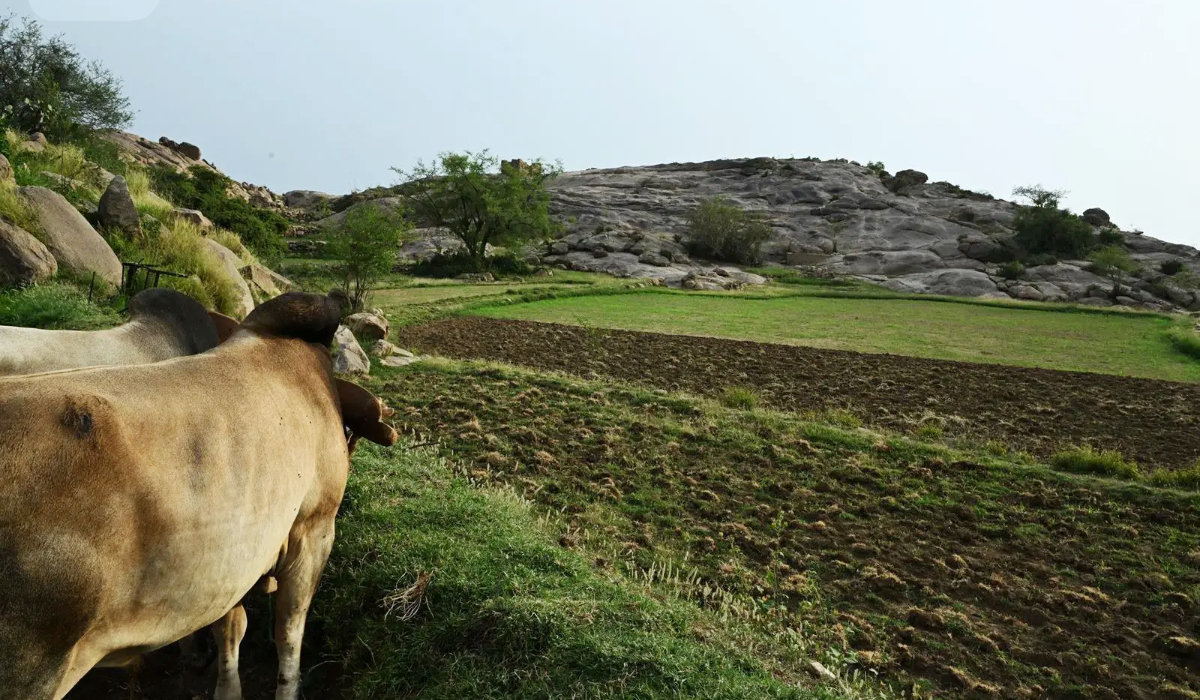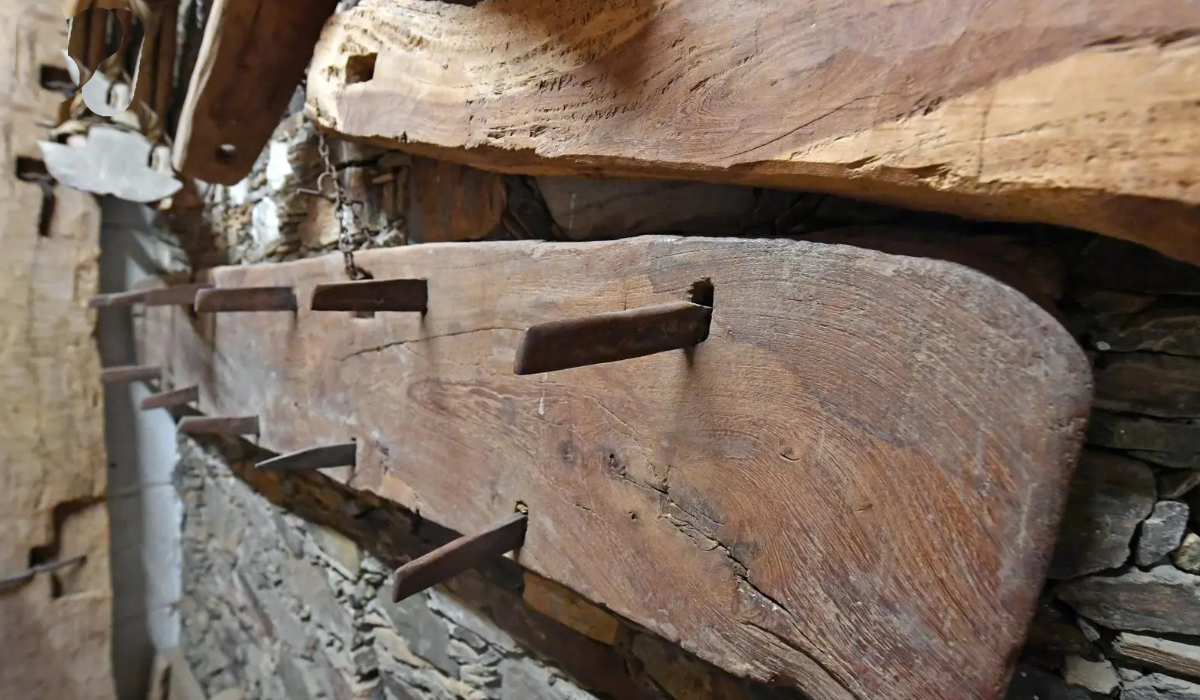ALULA: The third edition of the Saudi Tour cycling race, currently taking place and being broadcast on the Experience AlUla YouTube channel, shows AlUla’s ambition to become the cycling capital of the Kingdom.
AlUla is the perfect location to take Saudi cycling to the next level, according to the coaching staff behind the Saudi Cycling Federation team, speaking exclusively to Arab News on the sidelines of the 2.1 category Union Cyclists International event, which is taking place across the region from Jan. 30 to Feb. 3.
The Saudi Cycling Federation team has enjoyed a wonderful learning experience mixing in the peloton with UCI World Tour teams such as Team Jayco AlUla, Astana Qazaqstan Team, Bahrain Victorious, Cofidis, Movistar Team, Team DSM and UAE Team Emirates.
Five-time Tour de France stage winner Dylan Groenewegen of Team Jayco AlUla, two-time Cycling Monument winner John Degenkolb, and Jonathan Milan of Cofidis have all demonstrated their abilities during the race, providing the Saudi team of Hassan Al-Jumah, Abdulaziz Hashim, Hani Al-Mhrhoon, Azzam Al-Abdulmunim, and Murthada Al-Shaghab with priceless riding experience.
Salem Al-Salem, a vital member of the coaching team, told Arab News: “I am from Saudi Arabia, and since I was born in 1980, I have gone to cities all over the Kingdom, and AlUla looks incredible. It is a beautiful venue for hosting a world-class cycling event such as the Saudi Tour.
This has been a real learning curve for the team and me, and I think that AlUla is the perfect place to move to the next level. It has everything necessary for a training camp, from the accommodation, food, and facilities to the right cycling conditions,” he added.
The Royal Commission for AlUla recently signed a deal to become a second named sponsor of the Australian-based Team Jayco AlUla, the UCI World Tour team currently considered among the top three teams in the world.
The partnership aims to put the destination of AlUla on the map for 1.7 billion road cycling spectators around the globe. The cyclists and teams in the Saudi Tour are finding out for themselves exactly what the destination has to offer.
Al-Salem added: “I don’t think you can imagine how important this will be for developing cyclists from Saudi Arabia. AlUla would be perfect for training camps, national races, one and two-day events, and even international races. When I look at AlUla and the facilities and infrastructure here, I can’t see how we would want to train anywhere else from December to March each year.”
As well as giving the riders top-level experience, the Saudi Tour has showcased the stunning landscapes, natural beauty and ancient history of AlUla, with the five stages passing the area’s extraordinary sights, including preserved tombs, historic dwellings and monuments, both man-made and natural, and geological formations that hold 200,000 years of largely unexplored human history.
The first stage was a 180-km sprint leg that showcased both the evolving infrastructure and heritage of the region, starting at the redeveloped AlUla International Airport and finishing in the stunning landscape of Khaybar, featuring rare white volcanoes, lava fields, caves and wadis with freshwater springs supporting an abundance of plant and animal life.
The second stage was a 184-km sprint from Winter Park through Hegra, Saudi Arabia’s first UNESCO World Heritage Site, which finished up at Shalal Sijlyat Rocks, an area of natural wonder and dramatic rock formations. Wednesday’s third stage was a 159.2-km journey from the Al-Manshiyah Train Station to Abu Rakah via short climbs.
The architectural splendor of Maraya offered a unique backdrop for the start of the 163.4-km fourth stage today, which will finish at the Skyviews of Harrat Uwayrid. In contrast, Friday’s fifth stage will provide a fitting finale, a 142.9-km ride that takes the peloton through the streets of AlUla Old Town and Al-Jadidah’s Arts and Culture District, before finishing up at Maraya.
Saudi Arabia’s many sports fans can follow the third edition live on the Experience AlUla YouTube channel: https://www.youtube.com/c/experiencealula


































